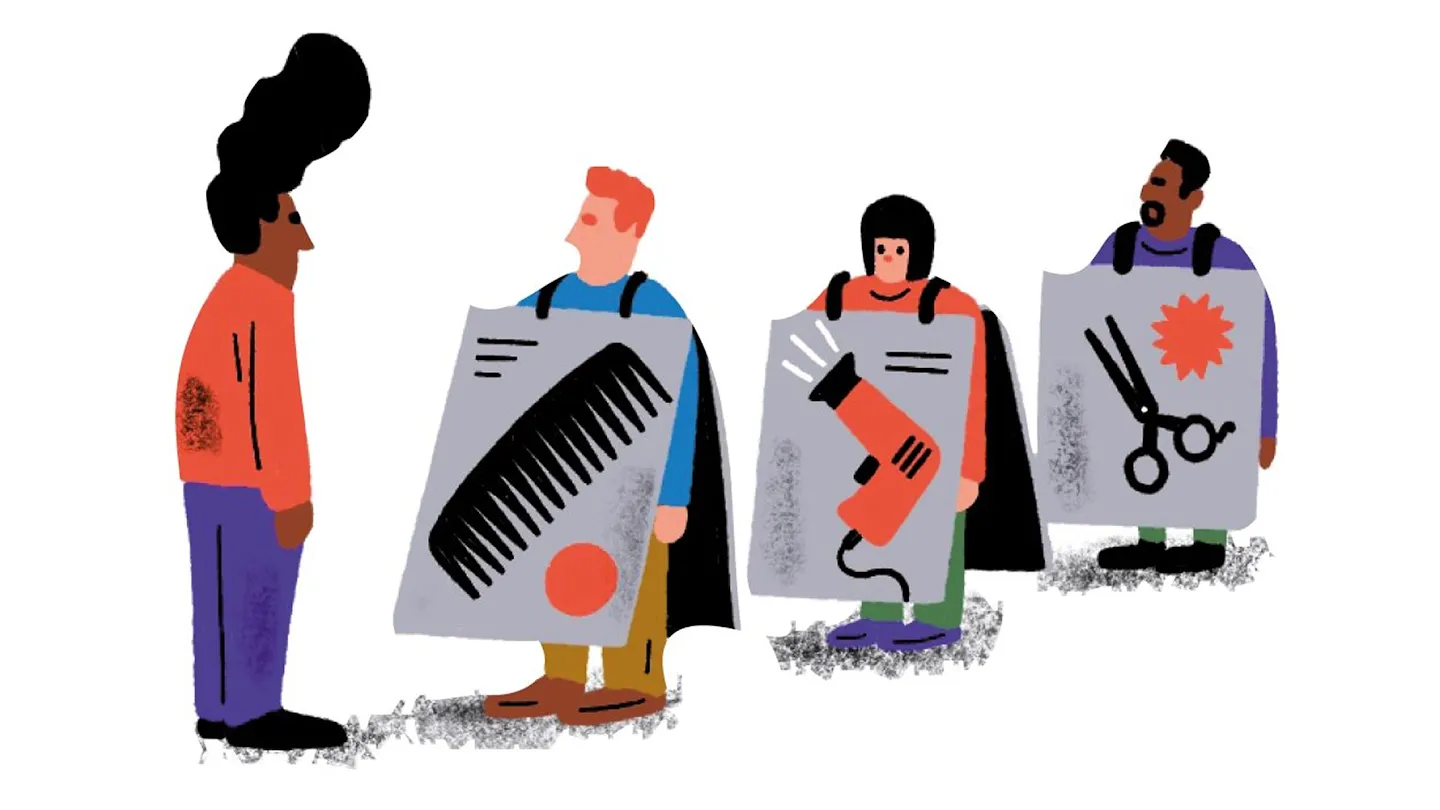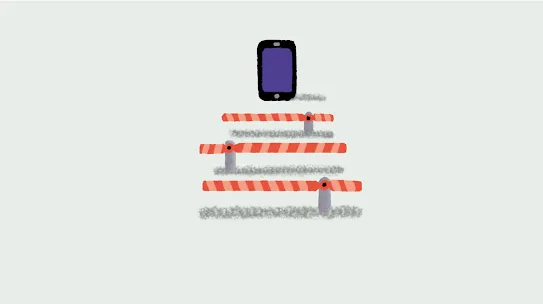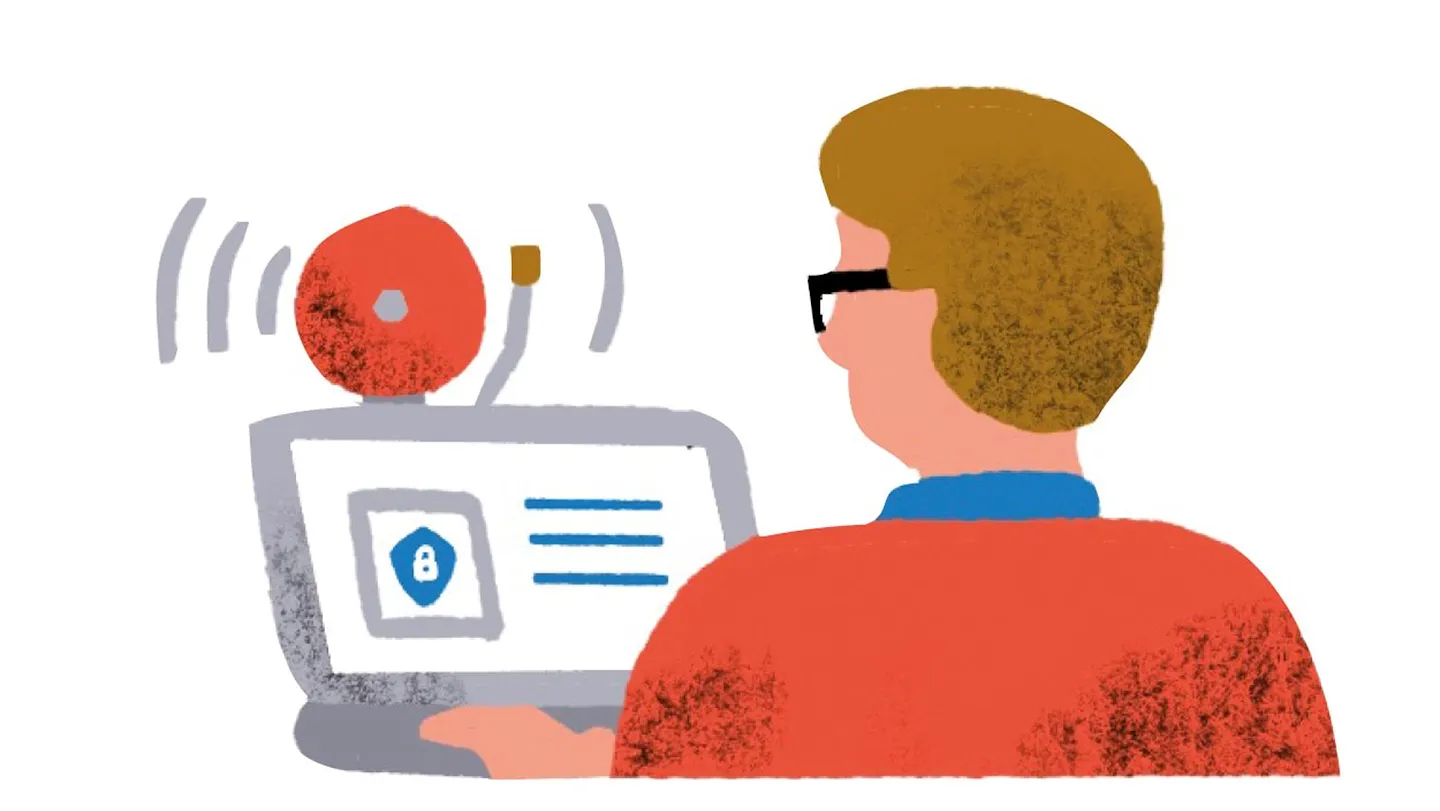
On the safe side
How you can improve your online security with Google’s help
Privacy Checkup
This feature walks Google users through the most important data privacy settings, so they can decide for themselves which web and app activity should be stored and whether, for example, to allow Google Assistant to save voice commands in order to improve its speech recognition. For more information, visit myaccount.google.com/privacycheckup
2-Step Verification
Google Account offers a two-factor authentication option called 2-Step Verification that provides extra protection from hackers. To sign in to their Google Account, 2-Step Verification users need a code (sent via text or voice call) in addition to their password. Alternatively, users can create a code with the Google Authenticator app or even use a physical security key. For more information visit g.co/2step

Ad personalization
With “Ad personalization,” Google Account users can choose how much personal data Google is permitted to access when selecting advertisements. Like many ad networks, Google analyzes user activity to determine areas of interest, like “Autos and vehicles” or “Fitness.” Users who don’t want personalized ads can opt out of the service and see only generic advertisements. Note that Google does not sell users' personal information to anyone. For more information, visit adssettings.google.com

Security Checkup
It’s worth taking a few minutes to ensure your account is well protected. The Security Checkup walks users step-by-step through the most important settings for optimizing the security of their Google Account. The checkup identifies which third-party apps Google considers safe, tells users which devices are currently signed in, and notifies them of recent security events. Users can add a second email address and a telephone number so Google can contact them if there’s suspicious activity on their account. For more information, visit myaccount.google.com/security-checkup
Advanced Protection Program
Google encourages individuals whose accounts are at particular risk of being hacked – such as politicians and journalists – to enroll in its Advanced Protection Program. The program offers two-factor authentication with a USB or Bluetooth security key, as well as other protective features. Google Accounts protected in this way can only be accessed with the appropriate key. To learn more, visit g.co/advancedprotection
Google Pay
Google Pay allows users to make purchases with a smartphone in stores, in apps, and online. When they sign up for Google Pay, users enter their payment details (PayPal account or credit card from a participating bank). At the cash register, it’s not the credit card number that’s transmitted, but a one-time security code. This makes paying with Google Pay more secure than using a credit card. Find out more at pay.google.com

Password Warning
Google automatically sends a warning when a user logs in from a new device or a different country. An extension of the Chrome browser reacts when users enter their Google password on the wrong website. The program checks whether the website in question belongs to Google, and if it doesn't, it sends a warning. If users receive such a warning, they should change their password to protect their Google Account. For more information, visit chrome.google.com
Google Account
Google Account brings together lots of different information and settings related to online security and privacy. Here, Google users can get an overview of the kind of information Google stores, and decide what data and activity Google can store in the future. They can also choose what type of ads Google may show them. All users can test their settings via the Privacy Checkup and the Security Checkup, and those who wish to do so can delete information about their activity. To learn more, visit myaccount.google.com
MORE INFORMATION AT: safety.google
Illustrations: Robert Samuel Hanson